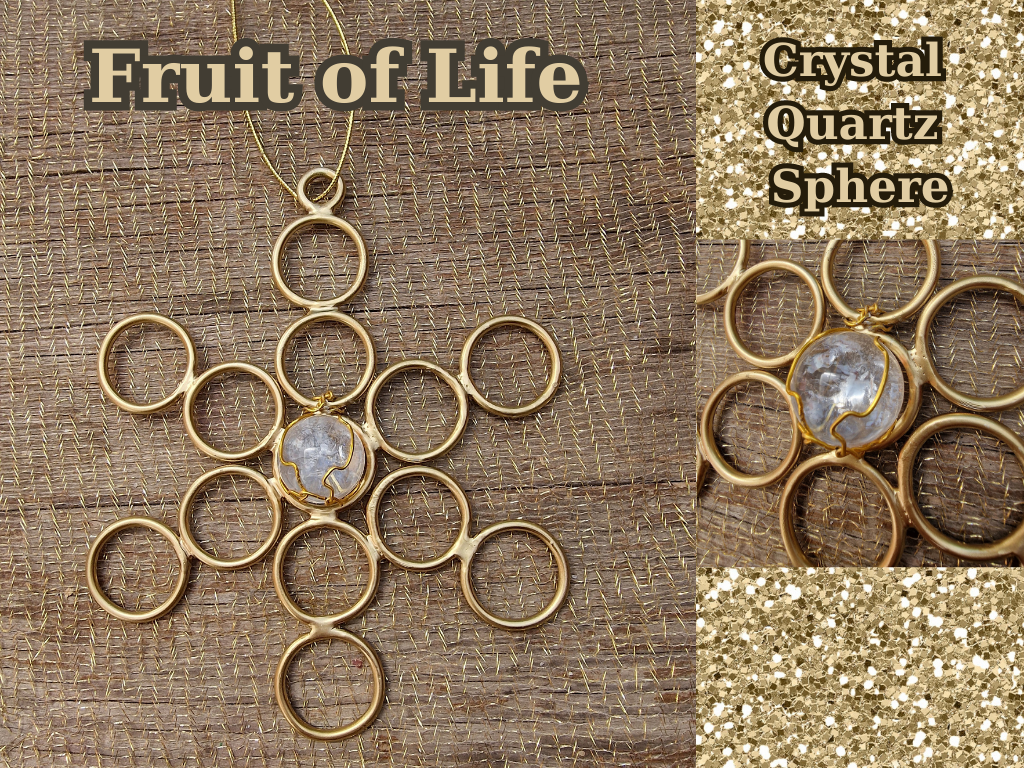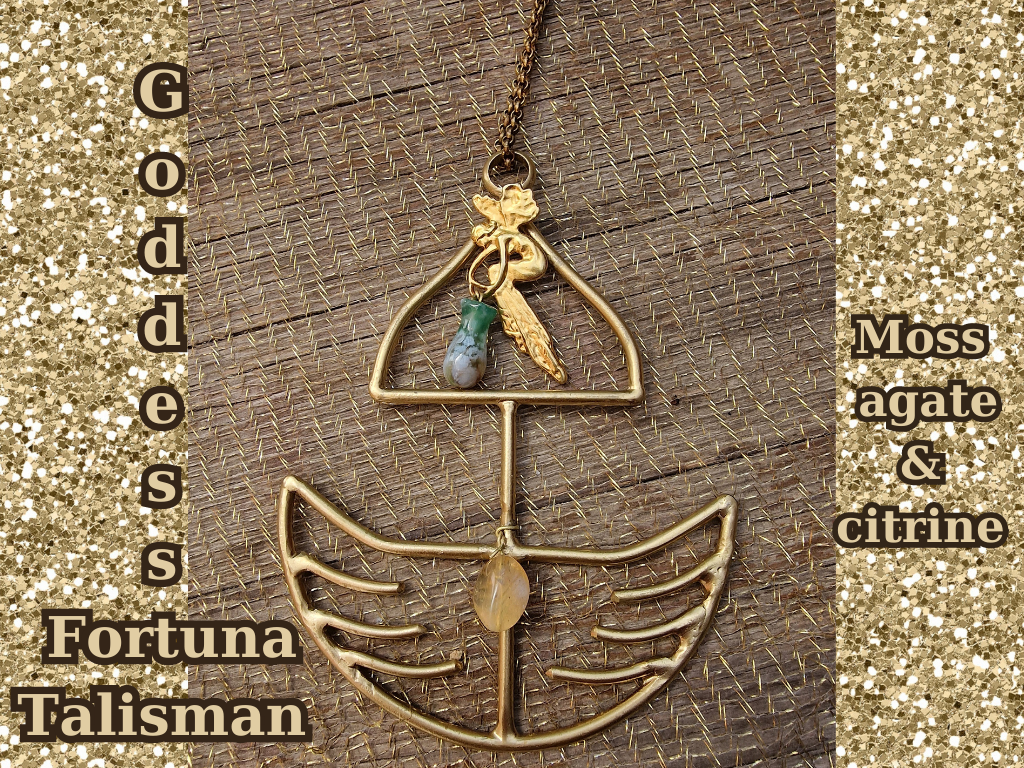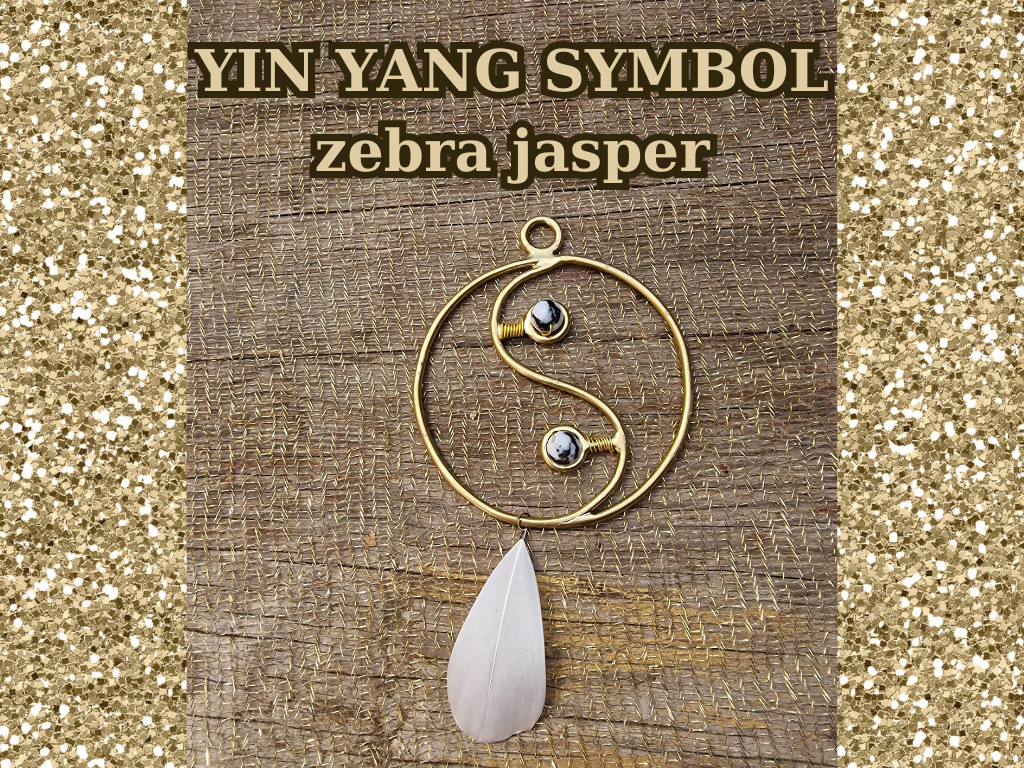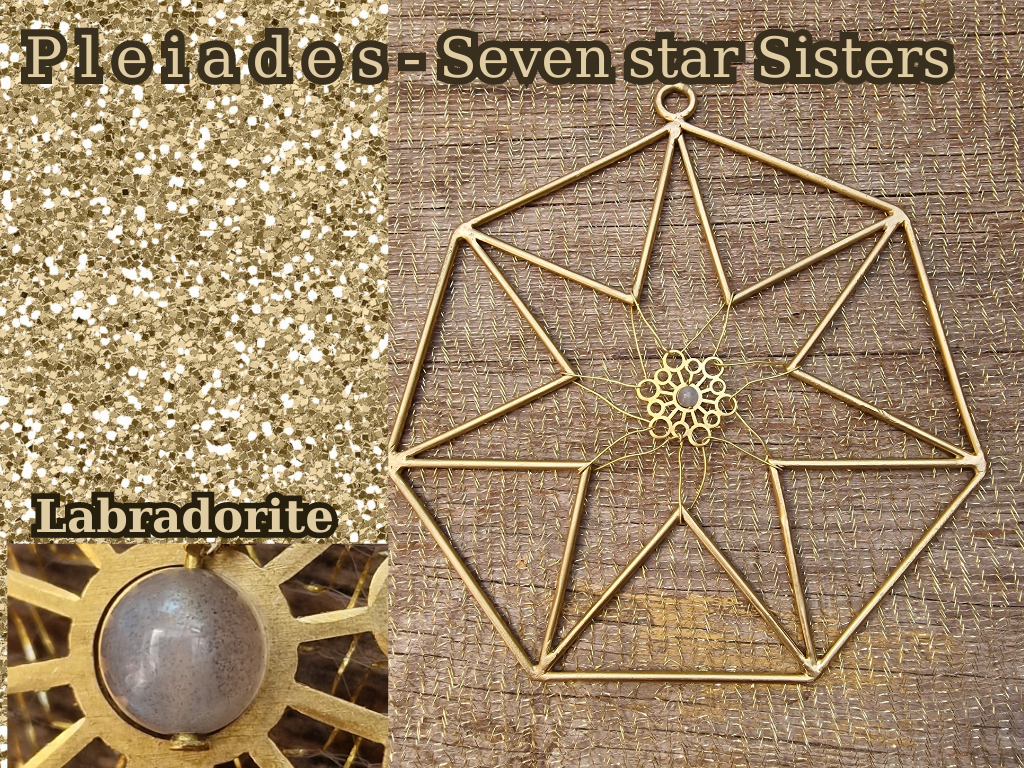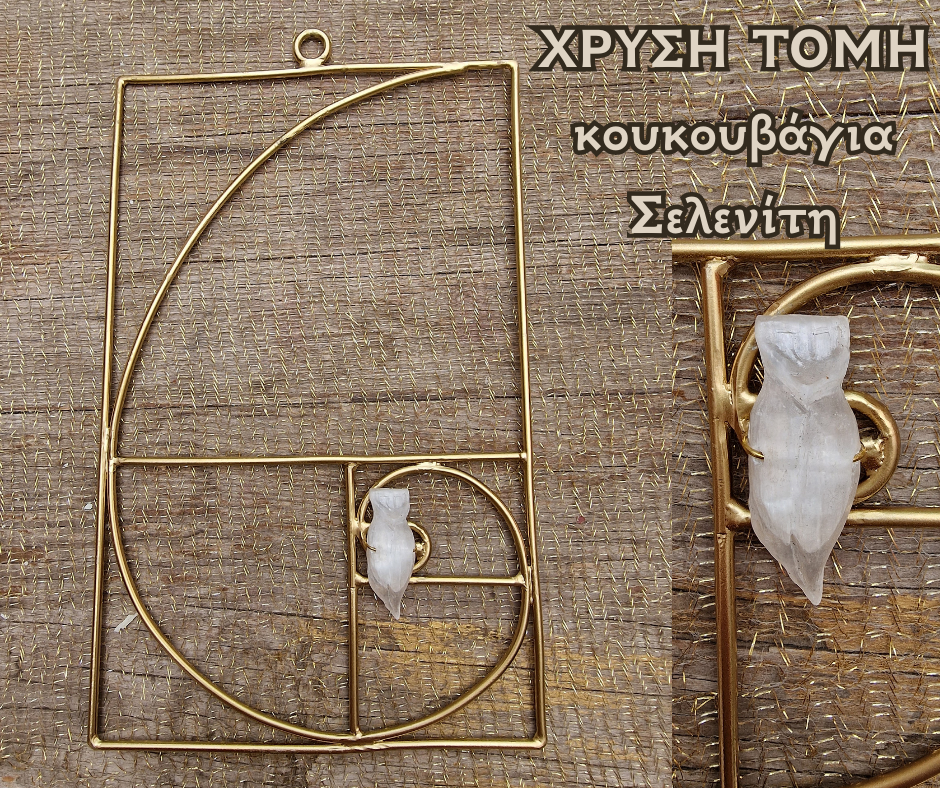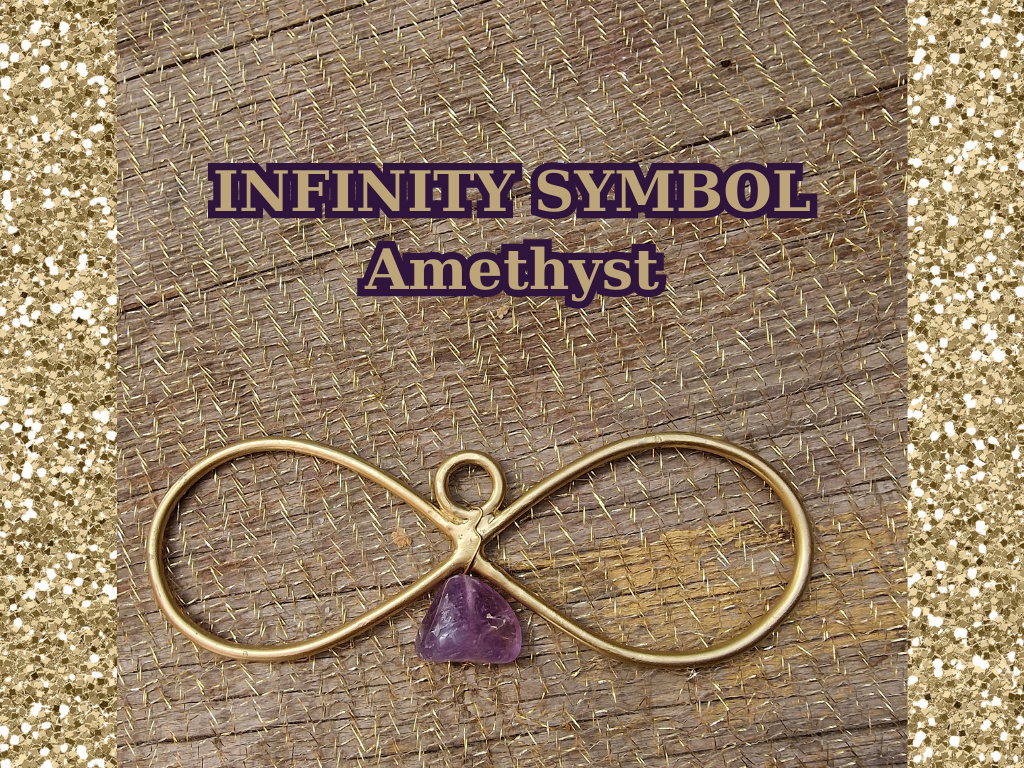Description
The
cosmic vibration of the beginning of life with rhodonite stone.
The
flower of life is a special hexagon-like shape with inscribed circles and a
flower-shaped design. The flower of life is referred to as one of the shapes of
Sacred Geometry, that is, the shapes that formed life throughout the universe.
The flower of life is found in different ancient cultures around the world.
The
"Flower of Life" is a type of rosette consisting of 19 circles, with
their circumferences passing over the centres of their neighbours. Their
arrangement is as follows: The central circle symbolizes the sun and the mind.
Around and through the centre of the circle is a wreath of six circles, which
symbolize the six days of creation and the soul that surrounds the mind. Around
and intercentral to the six-circular wreath a larger circle of 12 divided
circles is developed, which symbolize the twelve months or zodiacal
constellations, which make up the solar year.
The
flower of life has been found in relief in ancient temples of various cultures.
But the oldest, copied by later generations, is found engraved on two columns
of the temple of Osirion in Abydos, Egypt. This temple dates back to about 2
500 B.C. On the columns are engraved a total of 13 designs of the flower of
life, which are tangent to each other.
Around
one of them is engraved the phrase "God Nile" in Greek, which has led
to the hypothesis that the flower of life is a post-early Greek addition on the
columns. Near it is engraved the archaic digraph F. Individually, F stands for
the number 6. Although some argue that the text with the flowers of life is an
addition by the Greeks of the Hellenistic period, the digamma F was not used
during Alexander's time. Therefore, they trace the addition of the flower of
life to the Archaic period, when Pythagoras visited Egypt (535 BC). Such a
geometric shape is considered fitting to have been invented by Pythagoras.
Remarkably, however, the engravings appear to have been made with high
technology.
During
the excavations in Osirion, several tablets with Greek texts have been found,
dating back to the Hellenistic period. However, according to geologists, the
layers of earth that covered Osirion date back 18,000 years. In this case, the
dating of the temple and the Egyptian civilization is postponed by millennia.
Here we cross-reference the information given by the Egyptian priests to Solon
about a glorious pre-Clysmic civilization given by the Great Goddess first to
the Greeks and later to the Egyptians. Furthermore, about the liberation of the
Egyptians by the Athenians from the marauding Atlanteans. According to the
dating of the Egyptian priest, we estimate that the Greek civilization in
question developed about 11,500 years before today, while the Egyptian
civilization developed 10,500 years ago (cf. Plato, Timaeus, 22b-25d). There is
also a section of archaeologists who present evidence that all Egyptian monuments,
such as the sphinx or the pyramids, are pre-Clysmic. In this case the flower of
life is an ancient religious symbol.
The fact
that the flower of life is composed only of circles is justified by the
circular shape of atoms, cells, seeds, planets, solar systems and their
cosmological reference. Some scientists argue that the shape of the flower of
life reflects the primary process of forming an embryo when the fertilized egg
divides.
If we
refer to Plato's Timaeus, 32-35, we read that the most perfect of all shapes is
the circle, which is why God gave this shape to the world. Thus, the world is
uniform, smooth, even, and everywhere equal to the center, as symmetrical. In
the centre of it he placed soul, which expands towards the circumference, filling
the body of the all-pervading and overflowing it. So, the flower of life
macrocosmically symbolizes the circular world, consisting of circular galaxies,
circular solar systems, circular planets. These bodies are interconnected by a
life-giving dialectic. According to scientists, the heliosphere, the magnetic
field produced by the sun within our solar system, reflects radiation from
other regions of the galaxy, through which life on earth is made possible. This
exchange of vital radiation makes the solar systems interconnected and
intertwined, while maintaining their specific boundaries. The belief that the
flower of life is a symbolic blueprint of the universe is supported by the
presence of the digamma F, denoting the 6 days of creation.
The celestial
dance of the planets is composed of harmonious movements between them towards
each other and towards the whole, forming circular and graceful shapes,
symmetrical to the centre. The figure below depicts the celestial dance between
Earth and Venus. The composition of their movements forms a widening pentapetal
lotus, appearing as a variant of the flower of life. The shape was captured
after 8 rotations of Earth and 13 of Venus.
Scientific
research has shown that the sight and the cultivation of the flower of life by
a human being helps to rebuild the weak cells of the body. Furthermore, it has
a beneficial effect on the central nervous system by balancing the two
hemispheres of the brain. In general, the view and study of pericentral
symmetry balances the function of the two hemispheres. Besides, the iris of the
human eye is also shaped on the basis of pericentral symmetry. The design of
the flower of life, i.e. a rosary composed of circles, according to healers
through art, strengthens the feeling of security and self-confidence in man, as
the circle expresses the inner space of man. Also, therapists recommend drawing
a rosary to those who are unable to adapt to new life circumstances, or are
tormented by internal conflicts. Drawing a rosary conveys to them a sense of
rest and freedom.
Instructions
upon receipt.
